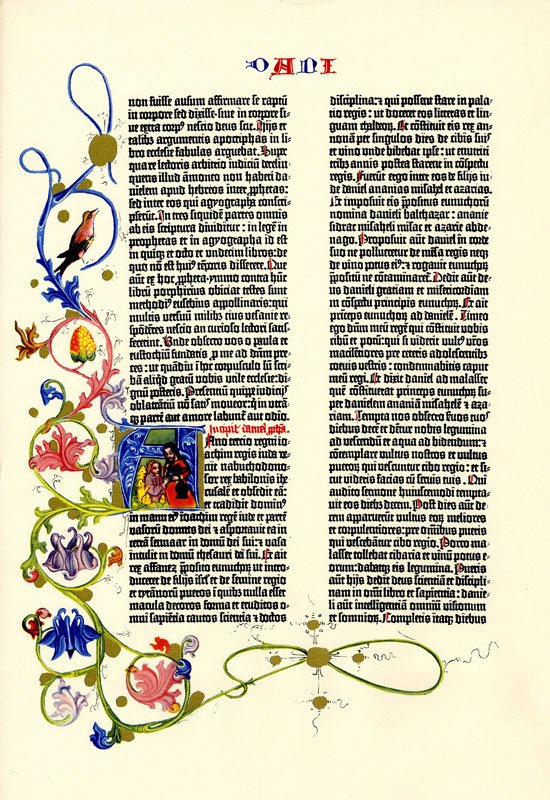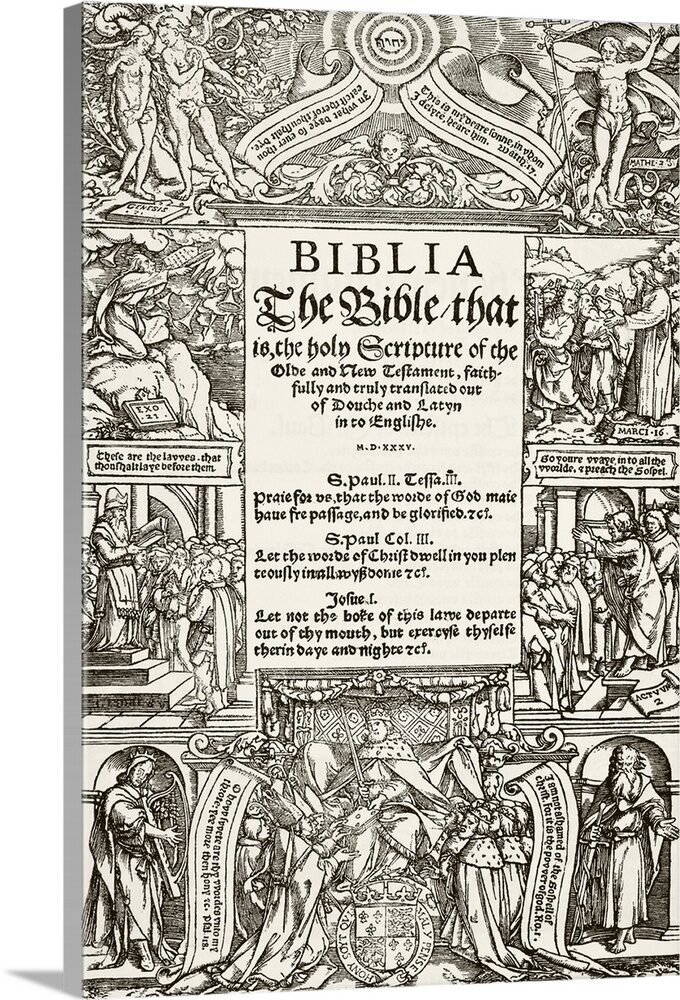Bible collecting has evolved into a notable investment avenue, appealing to both religious adherents and collectors who recognize the historical and cultural significance of these texts. Throughout history, bibles have held a revered place in various cultures, serving not only as religious manuscripts but also as artifacts that encapsulate pivotal moments in history. This duality enhances their investment value, as rare bibles are often steeped in rich narratives and milestones that transcend their theological importance.
Another important aspect contributing to the investment value of rare bibles is their capacity to resonate on an emotional level. Many collectors view these bibles not merely as financial assets but as conduits of faith and personal history. As a result, the unique attributes of each bible, such as the story behind its publication or previous ownership, can significantly enhance its appeal. The biblical manuscripts from earlier centuries often fetch higher prices due to their provenance and the historical context in which they were produced, cementing their status as valuable collections within the broader category of collectible artifacts.
Historical Price Trends Analysis
The valuation of rare Bibles has fluctuated over decades due to various economic factors and changing collector interests. Generally, the highest values are attributed to first printings or early editions from significant periods in history. For instance, during the 1960s and 1970s, there was a notable surge in interest for collecting rare books, including Bibles, which saw prices peak due to heightened collector activity.

Early editions of the Gutenberg Bible, acknowledged as one of the most valuable bibles, have traditionally fetched astronomical prices at auctions. In recent years, high-profile sales have underscored the growing investment value of rare bibles, with copies reaching upwards of millions of dollars. Such impressive figures illustrate how rarity and provenance can drive the market, making certain editions exceptionally sought after.
Historically, the rarity and condition of these books play pivotal roles in their valuation. A pristine condition from an extremely limited print run can escalate its worth significantly. For example, the Codex Sinaiticus, considered one of the oldest complete copies of the Bible, was valued at over $35 million when it underwent a digitization project sponsored by Google.
Most Valuable Bible Editions
Certain editions stand out as particularly valuable within the realm of rare Bibles:
- The Gutenberg Bible (circa 1455): Printed using movable type, this is one of the earliest major books printed in Europe and remains a symbol of the printing revolution.
- The First Year Printed King James Version (KJV) of 1611: Commissioned by King James I of England, this translation has been influential across centuries and holds significant value due to its historical importance and aesthetic appeal.
- The Tyndale Bible (circa 1526): William Tyndale’s translation is the first English Bible printed in a printing press, making it immensely valuable both historically and linguistically.
- The Wycliffe Bibles (circa 1380s-1390s): These are among the earliest known translations of the Bible into Middle English. Given their age and rarity, they command high prices in auctions.
What to expect
Market Outlook and Projections
Looking ahead, several factors suggest a positive outlook for the investment value of rare Bibles:
Rising Interest:
A growing interest from collectors around the world, particularly in emerging markets, is driving demand upwards.
Digital Trends
While digitalization offers accessibility to these texts, it paradoxically enhances their collectible nature as tangible items become scarcer and more desirable.
Cultural Significance
The enduring importance of religious texts such as Bibles ensures a steady interest from those looking for culturally significant investments.
Economic Indicators
Economic trends that favor luxury goods also impact the rare book market, including Bibles. In times of economic stability or growth, these items tend to appreciate in value.
According to market trends, the investment value of rare bibles is expected to continue its upward trajectory. Factors driving this growth include rising interest from both seasoned collectors and new entrants eager to invest in valuable bible editions. Rare bibles are seen not only as religious artifacts but also as tangible assets that can appreciate over time. Recent auctions indicate that prices for certain editions have skyrocketed, underscoring the scene’s potential profitability. Historical texts and first editions have been gaining particular traction, offering lucrative options for investors.
However, potential risks include the increasing number of reproductions and high counterfeiting rates within the rare book trade, which can affect authenticity claims and thereby the investment value.
Risks and Considerations When Investing in Rare Bibles
Investing in rare bibles can undoubtedly offer significant potential rewards; however, it is crucial to recognize the inherent risks associated with such niche investments. One of the primary risks is market volatility. The rare book market, including the bible investment value, can fluctuate dramatically due to trends, collector interest, and economic conditions. Factors such as a declining interest in rare editions or saturation of the market can significantly impact the value of an investment. Thus, prospective investors should monitor market trends carefully to make informed decisions.

Another critical factor that directly influences the investment value of rare bibles is the condition and authenticity of the materials. Bibles in pristine condition naturally command higher values, while those showing signs of age or damage can diminish potential returns. Additionally, understanding the provenance of a rare bible is vital to confirm its authenticity. Counterfeit items pose another significant concern, as they can mislead investors and lead to considerable financial losses. Engaging experts in biblical literature or rare book valuation is advisable for thorough assessments and authentication processes.
To mitigate these risks, potential investors should adopt several strategies.
First, conducting extensive research is paramount. Familiarizing oneself with rare bible market trends and valuable bible editions can arm investors with the knowledge necessary to make sound investments. Establishing a relationship with reputable dealers and attending auction events can also provide insights and potential opportunities for acquiring authentic pieces.
While the investment value of rare bibles offers intriguing possibilities for profit, investors must remain vigilant and consider the associated risks diligently. Through careful evaluation and strategic planning, individuals can enhance their prospects for successful investments in this unique niche.
Success Stories: Notable Investments in Rare Bibles
The market for rare bibles has witnessed remarkable growth, leading to several notable success stories that exemplify the investment value of rare bibles. These accounts highlight how well-informed decisions can yield significant returns, appealing to collectors and investors alike. One of the most famous cases involves the Gutenberg Bible, one of the earliest major books printed using movable type. In 1978, a complete copy sold for $2.4 million, a record-breaking figure at the time. Today, depending on condition and provenance, these Bibles can fetch upwards of $30 million, illustrating the profound investment value of rare bibles.

Another compelling example comes from the recent sale of a 1535 Coverdale Bible, recognized as the first complete English Bible printed. In 2018, a well-preserved edition was auctioned for approximately $1.5 million, following estimates of $500,000. This investment signifies a growing appreciation for valuable bible editions and the increasing rarity of such historical texts. Collectors recognized its worth not only for its doctrinal significance but also for its rarity in the current market, resulting in a profitable venture for the seller.
Institutions have also benefited from investing in rare bibles. The American Bible Society, for instance, strategically acquired several significant editions throughout the 20th century. Their foresight and curation of these assets led to an impressive collection worth millions today, reflecting the rarity and investment potential within the rare bible market trends. Case studies like these emphasize that with proper research and market understanding, investors can navigate the complexities of this niche market effectively, ultimately achieving substantial financial returns while preserving historical artifacts.
Conclusion
Investing in rare Bibles offers a unique blend of historical significance and financial opportunity. By understanding past trends, recognizing the most valuable editions, and staying informed about market projections, collectors and investors can make well-informed decisions that could yield significant returns over time. The realm of rare book collecting, particularly within the context of religious texts like the Bible, continues to be a promising area for those interested in tangible investment opportunities intertwined with cultural heritage.
For those contemplating entry into the realm of biblical collectibles, understanding the nuances of the rare bible market will be crucial. Engaging with experts, researching desirable editions, and nurturing a passion for history will not only enhance the experience but may also reveal investment opportunities that combine personal interest with financial growth. The future of bible investments is promising, merging the potential for profit with the joy of preserving invaluable historical legacies.


1711 Newly REBOUND Leather KJ RED RULED BIBLE
$1,199.99
Contains OLD TESTAMENT & APOCRYPHA. Printed by the Afsigns of Thomas Newcomb, and Henry Hills, deceas’d, Printers to the Queens most Excellent Majesty 1711.”
